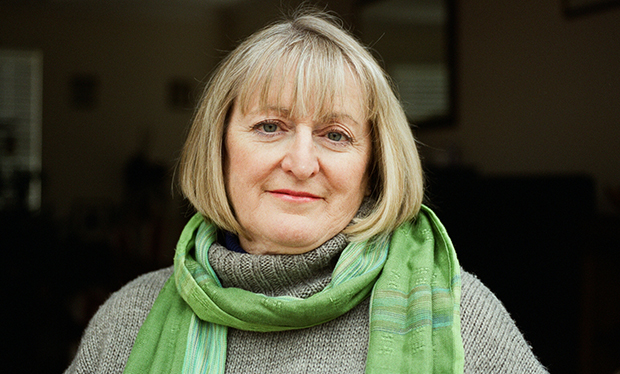
Sandy Henney, Prince Charles’ former press secretary, was interviewed for the program, “Reinventing the Royals.”
PR pros are the heroes – or maybe the villains, depending on your perspective – of a BBC program, “Reinventing the Royals,” that examines the media relations strategies, challenges and successes of the British royal family.
Serving on the Royals’ media relations team could be a dream job for some PR pros – and a nightmare for others. The Royal family lacks actual governing power. It exerts influence only through its standing and the power of media relations.
“…As such, their relationship with the media is absolutely central to their purpose and to the institution they represent,” Steve Hewlett, the former editor of BBC Panorama who wrote and presented the program, told BBC News.
Hewlett interviewed many former members of the monarchy’s PR team.
“One thing they all said was ‘you keep having to remind yourself that they are a family, that they’re all flesh and blood’,” he told the BBC. “And that, of course, has always to be factored in when trying to analyze or understand their behavior.”
“Nothing can prepare you for what it’s like to work for the Royal Family. They are the policy, they are the brand, they are flesh and blood,” said Sandy Henney, Prince Charles’ former press secretary in the program’s opening.
Many Media Challenges
The program highlights how the royals responded to its many media relations challenges.
Take the PR battle between Prince Charles and Princess Diana after their divorce. Most observers thought Diana was winning. In response, Charles hired Mark Bollard to run his media relations and build a new image as a caring single parent. He began to show his lighter side with a trip to South Africa with his son, Prince Harry.
Diana’s death created a crisis that severely tested the family. The public perceived the Queen, who remained isolated in Scotland during the family’s private grief, as out of touch. In response, she returned to London to give an unscheduled address to the nation that helped changed the public’s mood. Her key line may have been: “What I say to you now as your Queen and as a Grandmother, I say from my heart.”
Persuading the public to accept Charles’ relationship with Camilla Parker-Bowles, his new love, was another challenge for his PR team. Bolland implemented the campaign, called Operation Mrs PB, to boost public goodwill. The major event was a private party at the Ritz hotel in London. Charles and Camilla arrived separately but left together in front of the media. While one of many PR events that Bolland engineered, the carefully choreographed exit was instrumental in gaining public acceptance for Camilla.
Prince Harry developed a reputation for causing controversy from such ill-advised actions as wearing a swastika armband, playing strip billiards in Las Vegas, or using racist language on film. At age 17, Prince Harry generated negative publicity when he admitted smoking marijuana. Following advice of his PR team, Charles took Harry to a drug rehab clinic where he met recovering heroin addicts. The visit showed his son the dangers of drug abuse but also portrayed Charles as an involved, proactive parent.
Bottom Line: The BBC television program, “Reinventing the Royals,” provides an in-depth view into Britain’s royal family’s media relations tactics over the years. Besides being entertained, PR pros can learn from the media relations undertakings. One caution: Because of the Royal’s standing in United Kingdom and the saturation media coverage of their activities, it’s easier to devise and publicize PR activities that change public opinion. It’s not quite as easy to do and it takes longer to change public perceptions of companies and their leaders – especially if they have misbehaved.
William J. Comcowich founded and served as CEO of CyberAlert LLC, the predecessor of Glean.info. He is currently serving as Interim CEO and member of the Board of Directors. Glean.info provides customized media monitoring, media measurement and analytics solutions across all types of traditional and social media.




